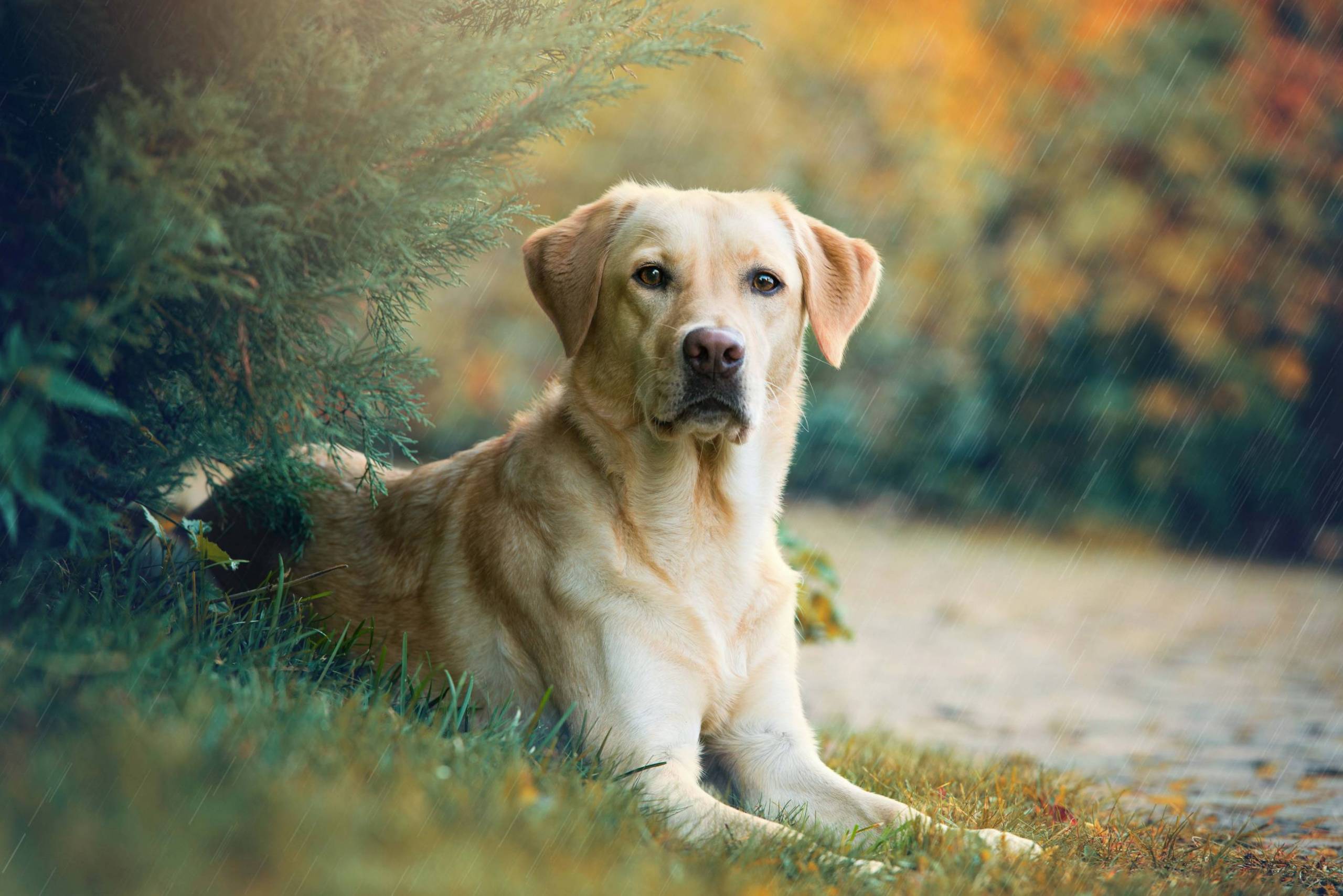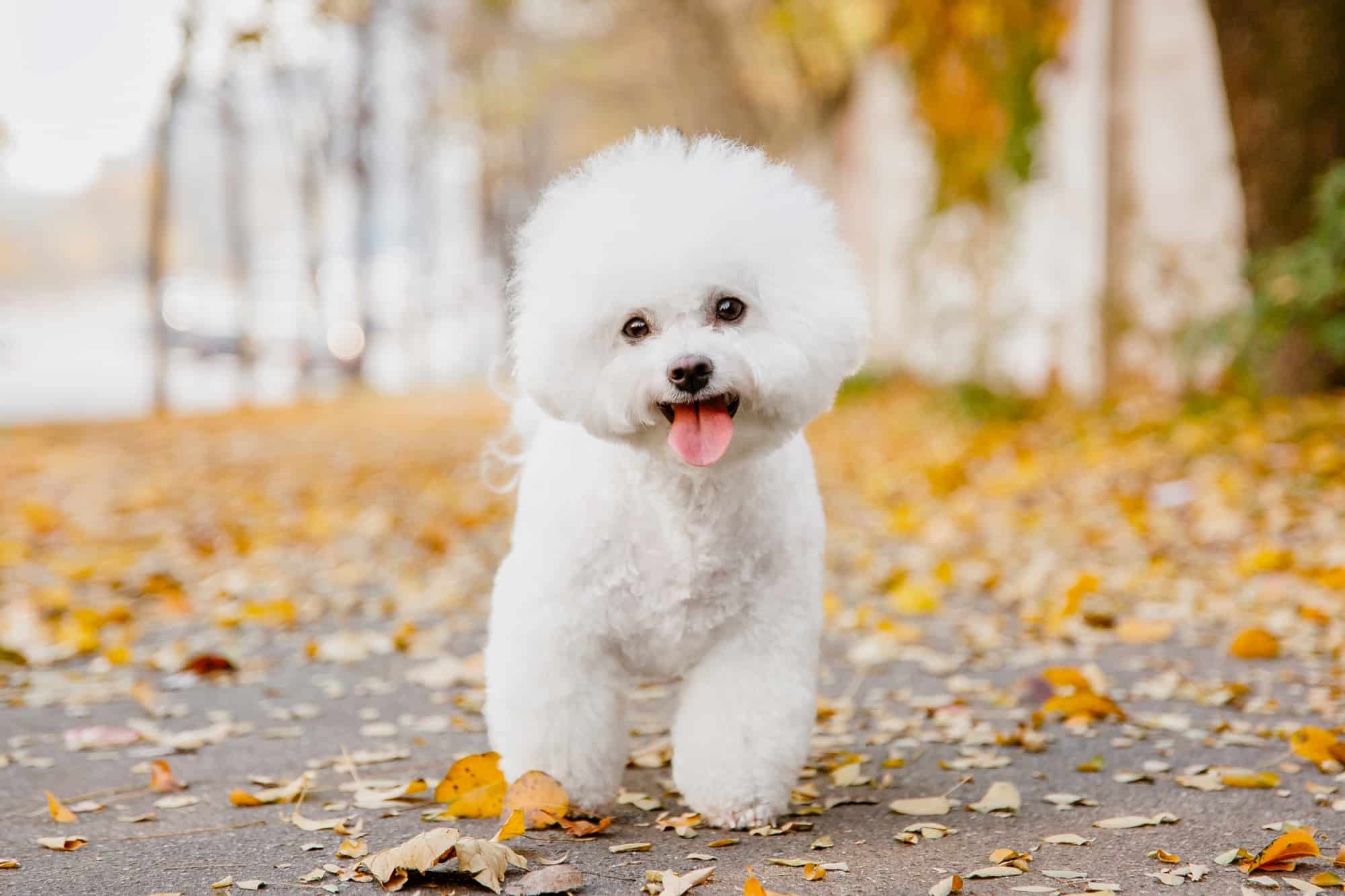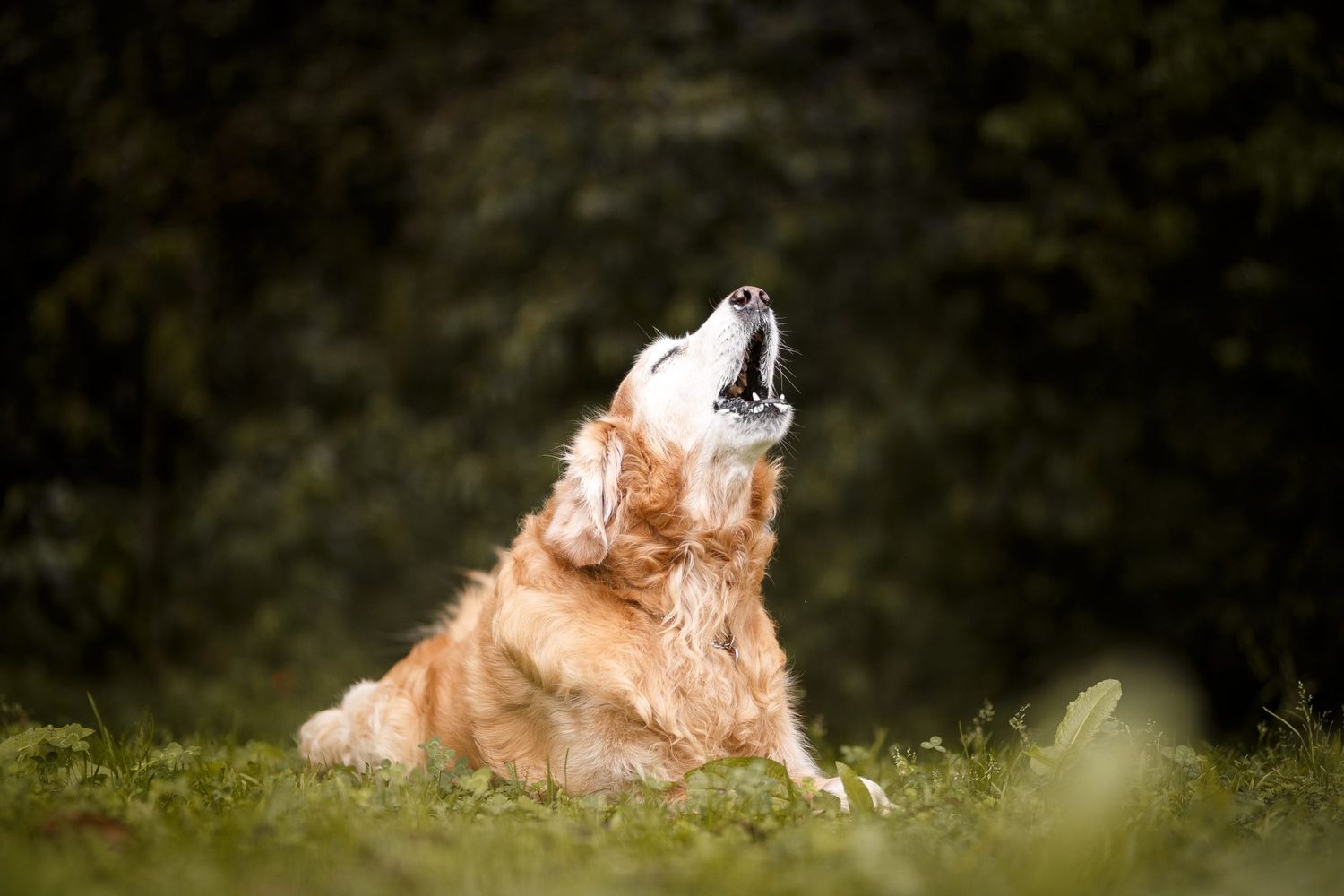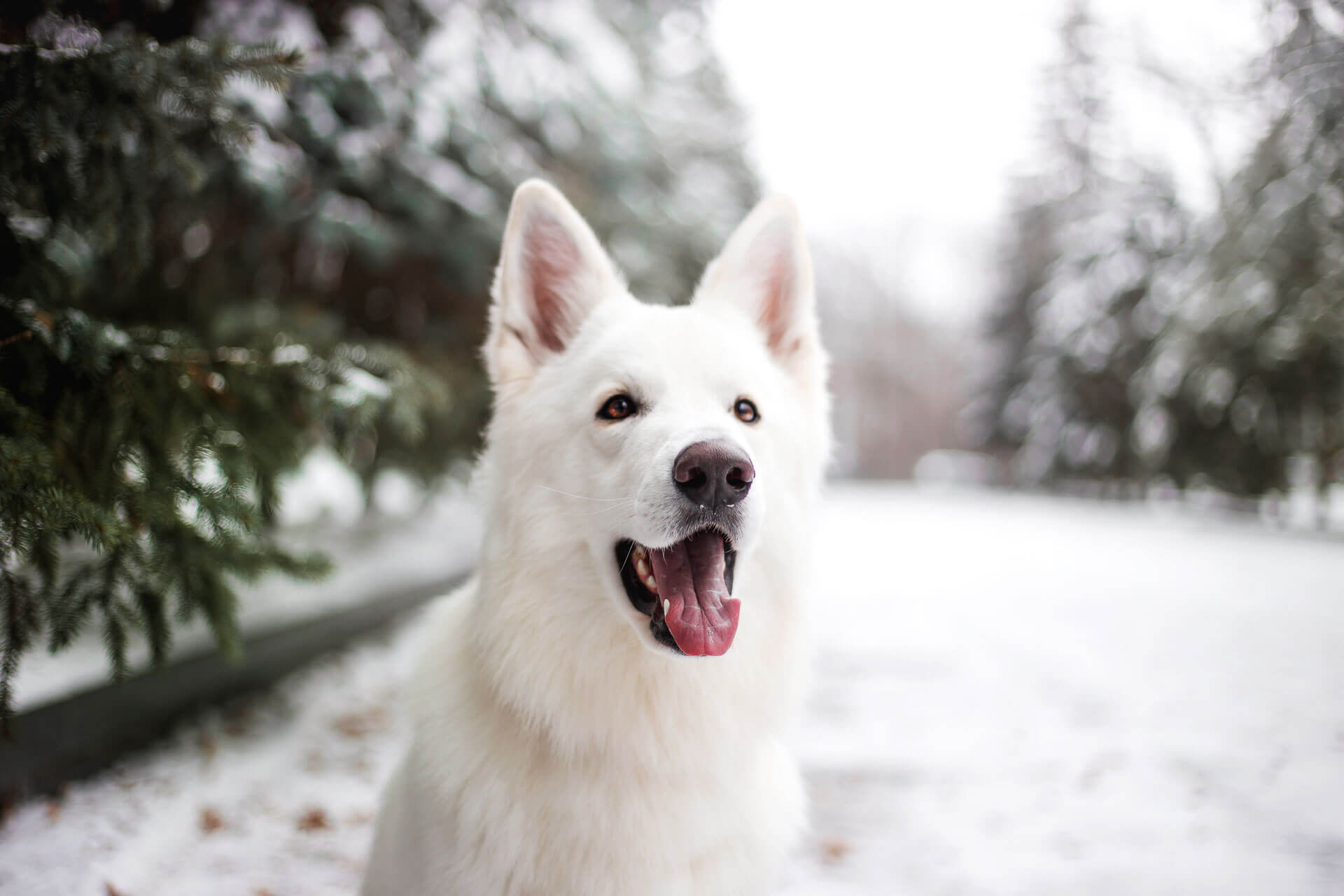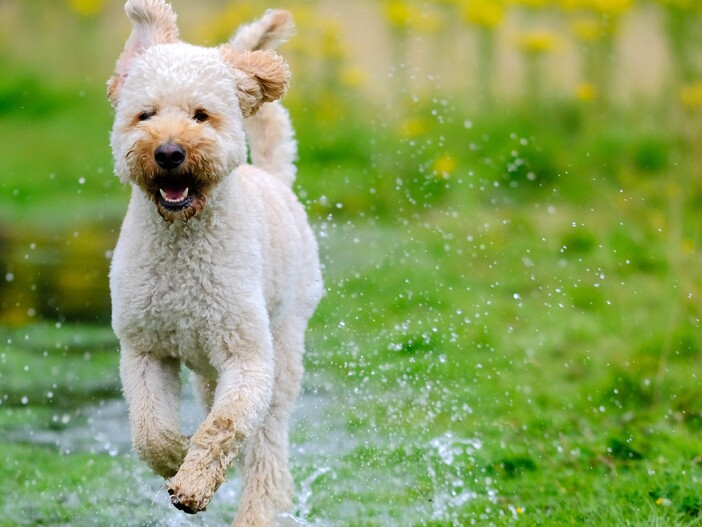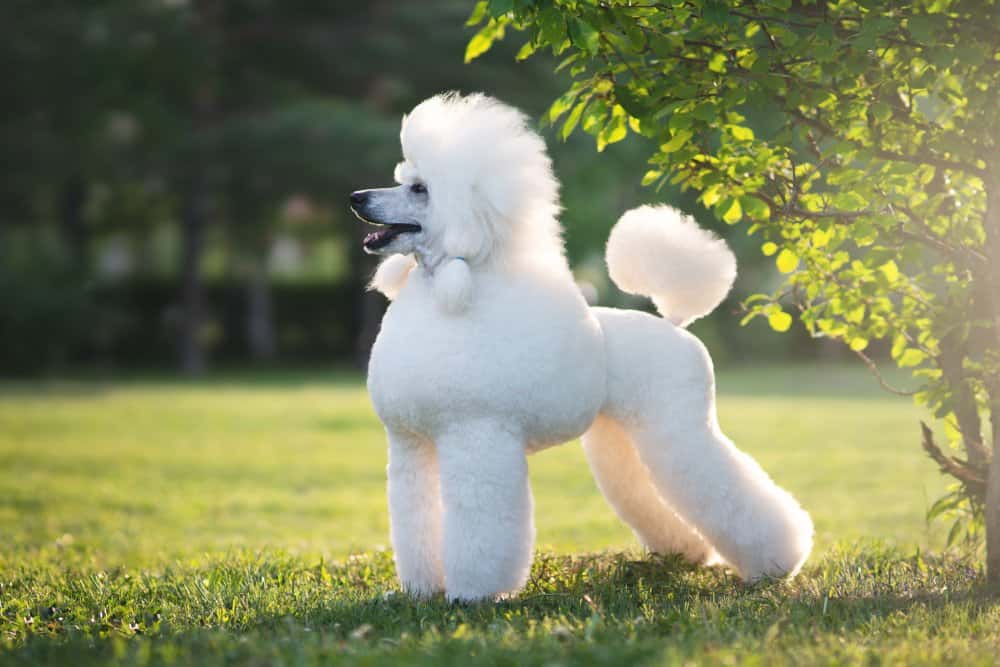If you’ve ever seen a fox-like dog and wondered what breed it was, you’re not alone. Many dog breeds share physical characteristics with foxes, from their pointy ears to their bushy tails and reddish-gold coats. While dogs and foxes are different species and cannot breed with each other, some dog breeds have evolved to look like their wild cousins.
In this article, we’ll explore the top 10 dog breeds that look like foxes, according to various sources. From the Akita Inu to the Schipperke, these breeds are known for their perky ears, pointy muzzles, and double coats that give them a foxy appearance.
You are reading: The Top 10 Dog Breeds That Look Like Foxes
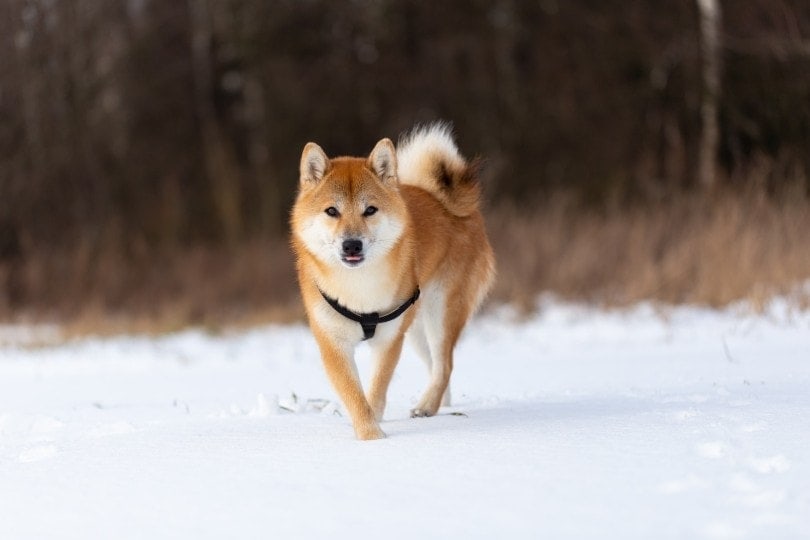
The Top 10 Dog Breeds That Look Like Foxes
Akita Inu
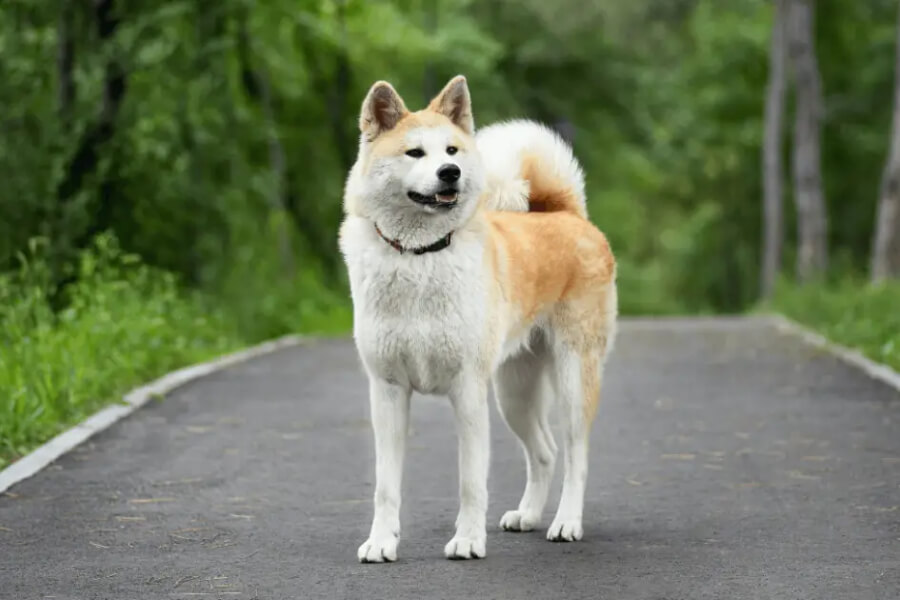
The Akita Inu is a large and powerful dog breed that originated in Japan. It is considered a national dog of Japan and is one of seven breeds designated as a Natural Monument.
Akitas were originally used for guarding royalty and nobility in feudal Japan and also tracked and hunted wild boar, black bear, and sometimes deer. They are known for their loyalty, courage, and independence, and are fearless and loyal guardians of their families.
Akitas are typically white, brindle, or pinto in color, and have a thick double coat that requires regular grooming. While their stubbornness can make training a challenge, Akitas and their owners are taking home ribbons as more people discover the thrill of accomplishment in working with this dog.
Shiba Inu
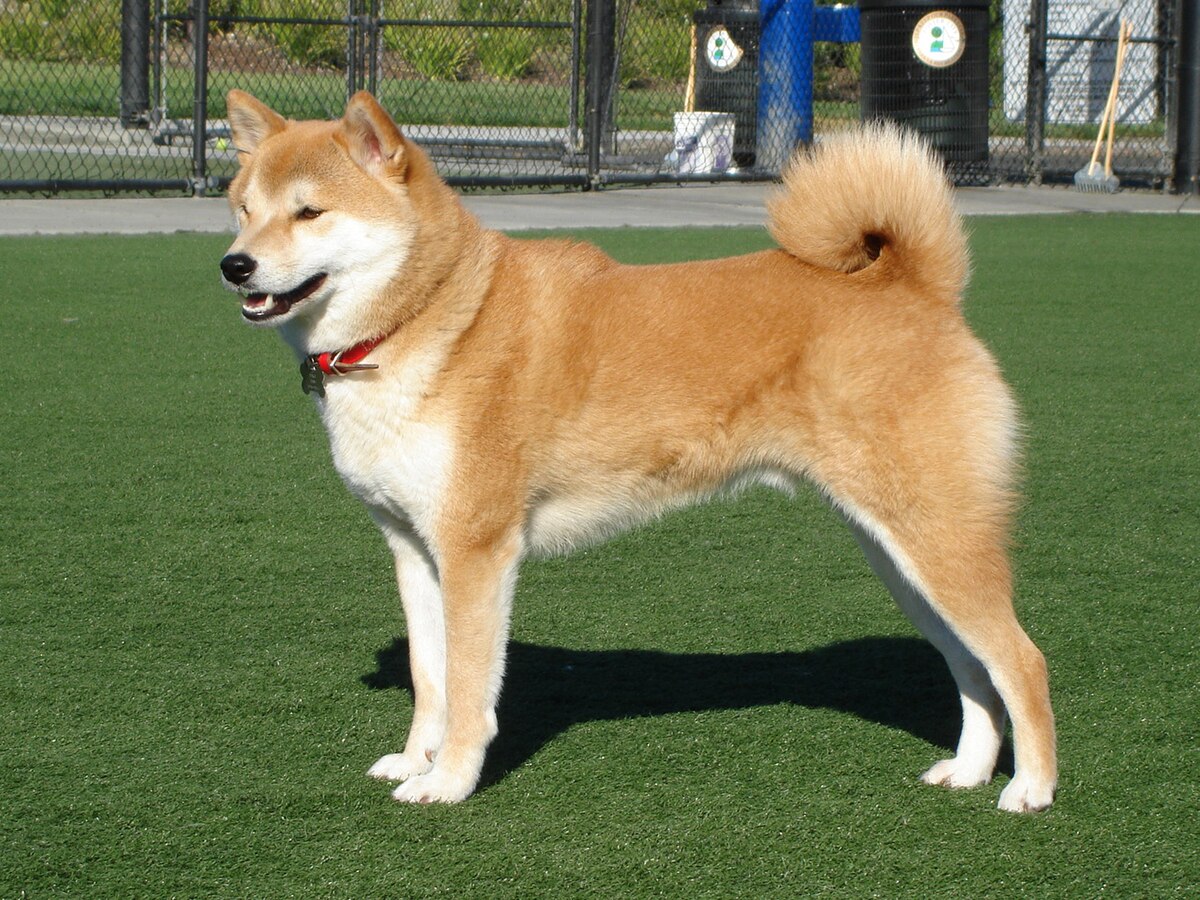
The Shiba Inu is a small-to-medium-sized dog breed that originated in Japan. It is the smallest of the six original and distinct spitz breeds of dog native to Japan. The Shiba Inu was originally bred for hunting and is known for its spirited, good-natured personality.
The breed is well-muscled and has a compact frame with well-developed muscles. The Shiba Inu is a little dog that copes very well with mountainous terrain and hiking trails. It has a cat-like agility and is very active, requiring regular exercise to stay healthy and happy.
The Shiba Inu is a good family dog and does well with children as long as it is properly socialized and trained, and the children treat it kindly and respectfully. The breed is adaptable and can live in town or country.
The Shiba Inu is now primarily kept as a pet both in Japan and abroad and is the number one companion dog in Japan according to the American Kennel Club. The Shiba Inu was recognized by the American Kennel Club in 1992 and added to the AKC Non-Sporting Group in 1993.
Finnish Spitz
The Finnish Spitz is a breed of dog originating in Finland. The breed was originally trained to hunt all types of game from squirrels and other rodents to bears.
Finnish Spitzes are independent, strong-willed, intelligent dogs that are best trained with a soft voice and touch. They are renowned as hunting dogs and are also good watchdogs and protect their families, but they rarely show aggression unless it’s warranted. In America,
Finnish Spitz are primarily companion dogs, while in their native Finland, they’re still used for hunting, mostly for a large game bird called a capercaille and for black grouse.
Finnish Spitz have a lively, light gait, and are as intelligent as they are animated. They make good companions for active families and get along well with children.
Read more : How Long Can You Leave Wet Dog Food Out?
Finnish Spitz are slow to mature and generally take about four years to become mentally mature. Finnish Spitz were first imported to the U.S. from England in 1959.
Alaskan Klee Kai
The Alaskan Klee Kai is a relatively new breed of dog that was developed in the late 20th century in Alaska. The breed was created by Linda Spurlin and her family, who wanted to breed a smaller version of the Alaskan Malamute and Siberian Husky that could serve as a companion dog.
The Alaskan Klee Kai comes in three different sizes: standard, toy, and miniature, and weighs between 5 to 22 pounds as an adult. The breed is known for its alert, energetic, and curious personality, and is reserved with unfamiliar people and situations.
Alaskan Klee Kais are intelligent, agile, and loving to their families, but they don’t much care for strangers and require lifelong socialization training if they are to be friendly to new people. Their wariness of new faces, however, makes them excellent watchdogs. Alaskan Klee Kais are also highly agile and excel at activities such as (miniature) carting.
The breed is recognized by the American Kennel Club’s Foundation Stock Services and is still considered a rare breed.
Pomeranian
The Pomeranian, also known as a Pom, is a breed of dog of the Spitz type that is named for the Pomerania region in north-west Poland and north-east Germany in Central Europe. They are classified as a toy dog breed because of their small size and are descended from larger Spitz-type dogs, specifically the German Spitz.
Pomeranians are small dogs that weigh between 1.36–3.17 kilograms (3.0–7.0 lb) and stand 8–14 inches (20–36 cm) high at the withers. They have a compact but sturdy body with an abundant textured coat that forms a ruff of fur on the neck, which Poms are well known for, and a fringe of feathery hair on the hindquarters.
Pomeranians are highly energetic, intelligent, and often exhibit a confident and curious demeanor, making them popular as companion dogs. They come in a variety of colors and patterns, and require regular grooming to maintain their luxurious coat.
Pomeranians are often described as fearless, lively, and full of spunk, and have a natural curiosity about the world. They make excellent pets for older people and those who are busy, because they aren’t an overly dependent breed, and are also good for apartment dwellers or homes that don’t have a lot of space.
Volpino Italiano
The Volpino Italiano is a small breed of dog that originated in Italy and is closely related to the Pomeranian and the German Spitz. The breed was nearly extinct by the 1960s, but a few examples were identified in 1968, and registrations recommenced in 1972.
The Volpino Italiano is a playful, lively, and affectionate dog that grows very attached to its people and home, making it an excellent family dog. They are usually friendly with strangers, but can be wary and bark at them. The breed is known for its alertness and loyalty to its family.
The Volpino Italiano is an active and playful companion that loves to run and do agility, but also enjoys cuddling on its owner’s lap. They have a long, thick coat that stands away from the body and can be either solid white or solid deep red. The breed is generally healthy and has a life expectancy of 14-16 years.
American Eskimo Dog
The American Eskimo Dog is a breed of companion dog that originated in Germany and is a member of the Spitz family.
Here are some key facts about the breed:
Appearance:
– The American Eskimo Dog is a small-to-medium-sized dog that comes in three sizes: toy, miniature, and standard.
– They have a wedge-shaped head, erect triangular ears, and a heavily plumed tail that curls over their back.
– Their coat is thick and white, and they have a ruff of fur around their neck.
Personality:
– American Eskimo Dogs are affectionate, loving, and playful.
– They are highly intelligent and easy to train, often ranking among the top scorers in obedience trials.
– They are naturally wary of strangers, but once introduced, they become instant friends.
– They are loyal and need to be around their owners.
History:
– The breed’s progenitors were German Spitz, but due to anti-German sentiment during the First World War, it was renamed “American Eskimo Dog”.
– The breed was first officially recognized as the “American Eskimo” as early as 1919 by the American United Kennel Club (UKC).
– Following the AKC’s requirements for breed recognition, the American Eskimo Dog Club of America collected the pedigree information from 1,750 dogs that now form the basis of the AKC recognized breed.
– The American Eskimo Dog became an increasingly popular breed after dancing to music and interacting with clowns at the Barnum and Bailey Circus.
Overall, the American Eskimo Dog is a beautiful, intelligent, and loyal breed that makes an excellent companion for families or individuals who can provide them with plenty of love and attention.
Keeshond
Read more : Why Does My Dog Hit Me?
The Keeshond is a medium-sized dog breed that is part of the Spitz family and is closely related to the German Spitz.
Appearance:
– The Keeshond has a plush, two-layer coat of silver and black fur with a ruff and a curled tail.
– They have a wedge-shaped head, erect triangular ears, and distinctive “spectacles” around their eyes.
– The breed has a thick gray, cream, and black double coat that is harsh on the outer hairs and softer on the undercoat.
Personality:
– Keeshonden are well-tempered dogs with lots of personality.
– They are silly, inquisitive, and very affectionate and attached to their people.
– The breed is intelligent, alert, and makes a good watchdog.
– They are easily trained and get along well in family situations.
History:
– The Keeshond was previously known as the Dutch Barge Dog, as it was frequently seen on barges traveling the canals and rivers of the Netherlands.
– The breed was the symbol of the Patriot faction in the Netherlands during political unrest in the years immediately preceding the French Revolution.
– In the late 19th century, the breed was developed in England from imports obtained in both the Netherlands and Germany.
– The Keeshond was first registered with the American Kennel Club in 1930.
Overall, the Keeshond is a striking and affectionate breed that makes an excellent family pet. They are intelligent, trainable, and have a thick double coat that requires regular grooming to maintain their appearance.
Long-Haired Chihuahua
The Long-Haired Chihuahua is a small breed of dog that is known for its long and silky coat.
Here are some key facts about the breed:
Appearance:
– Long-Haired Chihuahuas have a flat or slightly wavy coat that can come in a variety of colors, including black, brown, cream, fawn, and red.
– They have triangular ears, round eyes, and a distinctive snout that typically forms an ‘L’ shape by meeting its face at an almost 90-degree angle.
– Their coats can range between very long hair and medium-long hair that is either straight or wavy.
Personality:
– Long-Haired Chihuahuas are known for their loving and loyal nature.
– They are protective of their owners and are happiest when perched on their owner’s lap.
– This devotion to their owners means they do not do well with being left alone for long periods of time, becoming quite rowdy and potentially destructive.
– Long-Haired Chihuahuas are the smallest purebred dog in the world, weighing between 3-6lb, and have a lifespan of 15-20 years.
History:
– The Long-Haired Chihuahua is an ancient dog breed that has a big heart and is fiercely loyal to people and protectors of their pack.
– The breed is a variation of the Chihuahua breed, which originated in Mexico.
– Long-Haired Chihuahuas are known for living long, happy, and healthy lives, with an average life expectancy between 15 and 20 years.
Overall, the Long-Haired Chihuahua is a loving and loyal breed that makes an excellent companion for those who can provide them with plenty of love and attention. They are intelligent, trainable, and have a long, silky coat that requires regular grooming to maintain their appearance.
Schipperke
The Schipperke is a small dog breed that originated in Belgium and is part of the Spitz family.
Here are some key facts about the breed:
Appearance:
– Schipperkes have a dense body accentuated by thick fur around the neck and shoulders.
– They have a fox-like head, a deep chest, small feet, and no tail, although some are born with a tail that is cropped to one inch.
– Their coat is typically black, and they have pointed ears that stand erect.
Personality:
– Schipperkes are curious, lively, and intense dogs that are known for their mischievous nature.
– They are powerful watchdogs and make excellent hunters of vermin.
– Schipperkes are loyal and affectionate to their owners, but can be wary of strangers.
– They are highly intelligent and trainable, but can be stubborn and require a firm hand in training.
History:
– The Schipperke originated in Belgium as a small version of a black Belgian sheepdog known as the Leauvenaar.
– The breed was used for guarding boats that plied the canals between Brussels and Antwerp, and for ratting on the boats.
– The name Schipperke is thought to have come from a word meaning “little shepherd”.
– The breed was first officially recognized by the American Kennel Club in 1904.
Overall, the Schipperke is a lively and intelligent breed that makes an excellent companion for those who can provide them with plenty of love and attention. They are highly trainable, but require a firm hand in training, and have a dense coat that requires regular grooming to maintain their appearance.
FAQS
1. Can dogs and foxes breed with each other?
No, dogs and foxes are different species and cannot breed with each other.
2. What are some dog breeds that look like foxes?
Some dog breeds that resemble foxes in appearance include the Akita Inu, Shiba Inu, Finnish Spitz, Alaskan Klee Kai, Pomeranian, Volpino Italiano, American Eskimo Dog, Keeshond, Long-Haired Chihuahua, and Schipperke.
3. Are dog breeds that look like foxes good pets?
Yes, dog breeds that look like foxes can make great pets for the right owner. However, it’s important to remember that these dogs are domesticated animals and should not be confused with wild foxes.
4. Do dog breeds that look like foxes shed a lot?
Yes, many dog breeds that look like foxes are spitz breeds, which tend to be high shedders.
5. Are dog breeds that look like foxes good with children?
It depends on the breed and the individual dog’s temperament. Some dog breeds that look like foxes, such as the Long-Haired Chihuahua, can be good with children, while others, such as the Schipperke, may be better suited for adult-only households.
6. Do dog breeds that look like foxes require a lot of grooming?
Yes, many dog breeds that look like foxes have long, thick coats that require regular grooming to maintain their appearance.
Source: https://petstutorial.com
Category: DOGS


